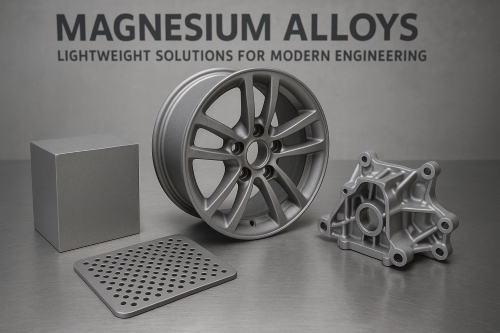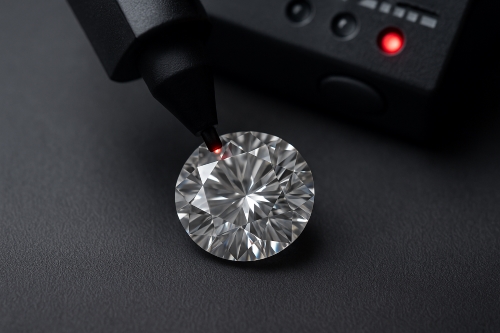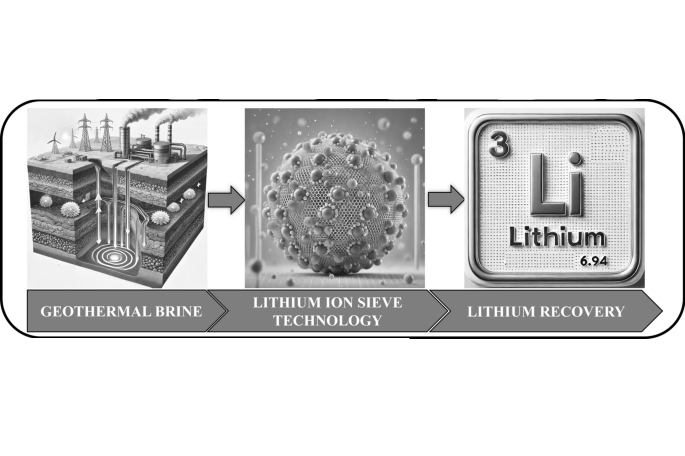All about Cubic Boron Nitride Grinding Wheels
Introduction to Cubic Boron Nitride Grinding Wheels
Cubic Boron Nitride Grinding Wheels are high-performance tools used in precision grinding work. These wheels use cubic boron nitride, a superabrasive material well known for its hardness nearly as high as diamond. They are particularly favoured when working with difficult-to-machine metals and hardened steels. Their consistent performance, even under heavy use, has been proven in numerous industrial cases.
Material Properties and Benefits
Cubic boron nitride exhibits several distinct material properties. It is known for its very high thermal conductivity and hardness. It usually retains its strength at elevated temperatures, making it an excellent choice for high-speed operations. Specific data show that Cubic Boron Nitride wheels can reach high performance at working temperatures of around 800°C (1,472°F) without a dramatic loss in grinding efficiency.
The benefits associated with these wheels include:
• High wear resistance.
• Ability to maintain sharpness over long periods.
• Low heat generation that helps prevent workpiece damage.
• Stable performance in demanding application environments.
Real-world examples from precision tool shops have shown an increase in component life and a noticeable reduction in rework when Cubic Boron Nitride wheels replaced traditional options. Their resistance to heat and wear also means fewer tool changes and a reduction in downtime.
Manufacturing Methods (Resin-Bonded, Metal-Bonded, Vitrified Cubic Boron Nitride Wheels)
The structure of Cubic Boron Nitride wheels is determined largely by the manufacturing method chosen. Three common techniques are in use: resin bonding, metal bonding, and vitrification bonding.
Resin-bonded Cubic Boron Nitride wheels use a synthetic resin to hold abrasive particles together. This method offers good flexibility and is well suited for moderate speed operations. The resin serves as a cushion during grinding, ensuring a consistent flow under pressure.
Metal-bonded wheels use metal powders such as bronze or copper as the bonding agent. These are tougher and help the abrasive maintain its shape even when subjected to heavy grinding loads. They are ideal when a longer tool life is required and when working on tougher or harder materials.
Vitrified wheels incorporate a glass-like bond. These bonds offer high structural rigidity and are excellent for precision work. Vitrified bonds are chosen when dimensional stability is a priority. The manufacturing process, in this case, ensures that the abrasive particles are tightly held, and wheel balance is maintained during high-speed rotation.
Bonding techniques are essential as they affect the performance and longevity of the wheel. A proper bond ensures that abrasive particles do not fall off prematurely. Over decades, improvements in these techniques have led to grinding wheels that deliver consistent performance and extended tool life.
Applications (Grinding Hardened Steels, Superalloys, High-Speed Steel, and Difficult-to-Machine Metals)
This technology finds its true strength when used for grinding a variety of materials. One common application is in the grinding of hardened steels. Many hardened steel parts are used in the automotive and aerospace industries, where precise surface finishes are crucial.
Superalloys, used in turbine blades and engine components, pose a challenge for traditional grinding wheels. Cubic Boron Nitride grinding wheels have proven their capability on these materials. Their high corrosion and wear resistance make them an ideal option for these tough metals.
High-speed steel, which is often used in cutting tools, also benefits from Cubic Boron Nitride grinding wheels. The wheels offer a balance between low thermal damage and accurate material removal. These factors are key in maintaining the tip geometry and edge sharpness of tools.
Difficult-to-machine metals generally refer to any metal that resists shaping and cutting by conventional methods. In this respect, Cubic Boron Nitride wheels excel. They can efficiently remove material without excessive heat buildup. A good example comes from tool and die manufacturing where parts are ground to very precise dimensions. Cost savings come from reduced processing times and a lower chance of material distortion.
Advantages of Cubic Boron Nitride Wheels (Long Tool Life, High Precision, Low Heat Generation, Consistent Performance)
Several advantages make Cubic Boron Nitride wheels the preferred choice for many industries. Firstly, they offer an exceptionally long tool life. These wheels show a slow wear rate even when used continuously. The abrasive particles maintain their cutting ability over many cycles.
Secondly, they provide high precision. Due to the fine grain size and the strong bonds in their structure, these wheels produce clear and accurate finishes. Many precision parts require such accuracy to meet stringent quality standards.
Thirdly, low heat generation is a distinct benefit of using these wheels. Excess heat can damage the workpiece and reduce the life of the tool. Cubic Boron Nitride wheels help control temperatures, even under high loads. This keeps parts within their designed tolerances.
Lastly, their performance is consistent across various grinding applications. Operators notice that the wheels do not lose their cutting efficiency quickly. This reliability translates to improved process stability in production lines.
Types and Grades (Grain Size, Concentration, Wheel Shapes, and Bond Types)
When selecting a Cubic Boron Nitride grinding wheel, many factors come into play. One of the most important factors is the grain size. Coarse grains are used for heavy stock removal while fine grains are better for finishing. The concentration of Cubic Boron Nitride in a wheel can also vary. A higher concentration is typically beneficial for aggressive grinding tasks.
Wheel shapes vary based on the application. Cup wheels, straight wheels, and dish wheels are common shapes. Each design fits a different grinding situation. Bond types should be selected according to the material being ground. An appropriate bond ensures that the abrasive remains effective until the work is complete.
Manufacturers produce many grades of these wheels. Each grade is tailored to a particular metal or alloy. In many cases, the operator will choose a wheel based on both the material properties and the required surface finish. This flexibility makes Cubic Boron Nitride wheels a versatile tool in metalworking.
Comparison with Other Grinding Wheels (Aluminium Oxide, Silicon Carbide, Diamond Wheels)
Cubic Boron Nitride wheels are often compared with other types of grinding wheels such as aluminium oxide, silicon carbide, and diamond wheels. Each material has its strengths and weaknesses.
Aluminium oxide wheels are common and work well with softer metals. However, they wear out much quicker when used on harder materials. Silicon carbide wheels are suitable for non-ferrous metals and materials like ceramics. Yet, they are not as durable when grinding hardened steel.
Diamond wheels are the hardest of all. They offer excellent performance, but are best used for non-ferrous metals because of chemical reactions that can occur during grinding. Cubic Boron Nitride wheels perform best on ferrous materials. Their balanced properties allow them to work on a range of metals with high precision, low heat generation, and long tool life.
The choice of wheel ultimately depends on the material and the task at hand. With Cubic Boron Nitride wheels, the balance between cutting efficiency and heat control is a leading factor. Many skilled operators rate these wheels as superior for grinding hardened steels and alloys.
Conclusion
Cubic Boron Nitride Grinding Wheels have earned their position in many industrial settings. Their high wear resistance, long life, and ability to produce accurate finishes make them an asset in precision work. The variety of manufacturing methods enables them to meet various needs.
Even when compared to other grinding wheels such as aluminium oxide, silicon carbide, and diamond wheels, Cubic Boron Nitride stands out with its consistent performance on tough metals. For operators working with hardened steels, superalloys, and high-speed steel, these wheels offer reliability and efficiency.
Frequently Asked Questions
F: How long do Cubic Boron Nitride wheels typically last?
Q: They last significantly longer than traditional wheels due to low wear and strong bonding processes.
F: Can Cubic Boron Nitride wheels handle high-speed operations?
Q: Yes, they maintain performance even at high speeds and elevated temperatures.
F: What type of metals benefit most from Cubic Boron Nitride wheels?
Q: Hardened steels, superalloys, and high-speed steels see the greatest benefits.

 Bars
Bars
 Beads & Spheres
Beads & Spheres
 Bolts & Nuts
Bolts & Nuts
 Crucibles
Crucibles
 Discs
Discs
 Fibers & Fabrics
Fibers & Fabrics
 Films
Films
 Flake
Flake
 Foams
Foams
 Foil
Foil
 Granules
Granules
 Honeycombs
Honeycombs
 Ink
Ink
 Laminate
Laminate
 Lumps
Lumps
 Meshes
Meshes
 Metallised Film
Metallised Film
 Plate
Plate
 Powders
Powders
 Rod
Rod
 Sheets
Sheets
 Single Crystals
Single Crystals
 Sputtering Target
Sputtering Target
 Tubes
Tubes
 Washer
Washer
 Wires
Wires
 Converters & Calculators
Converters & Calculators
 Write for Us
Write for Us
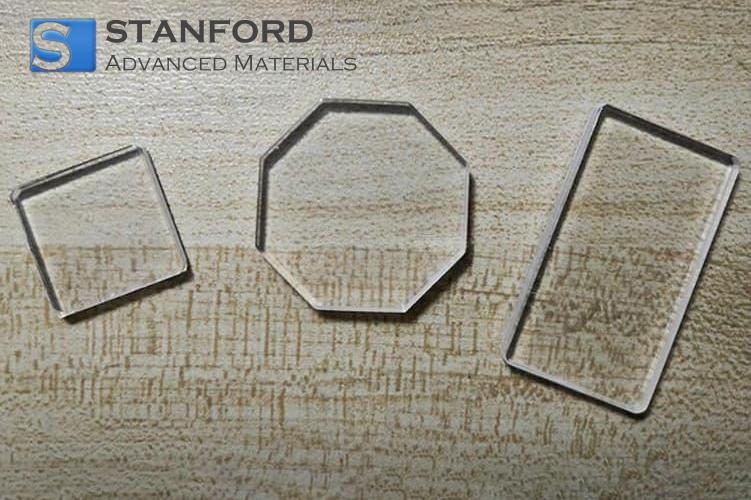
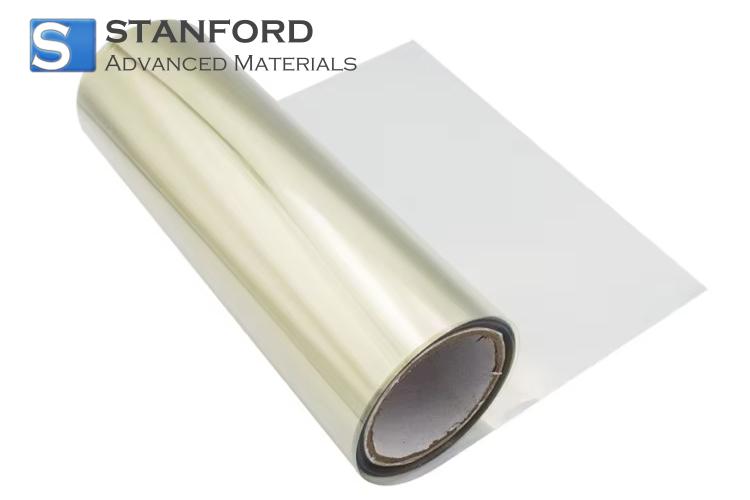
 Chin Trento
Chin Trento

